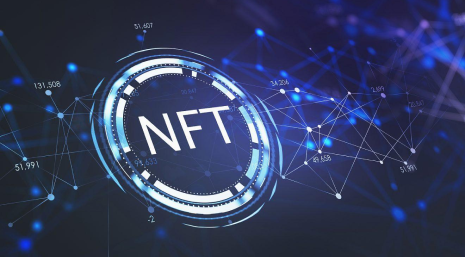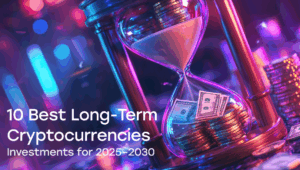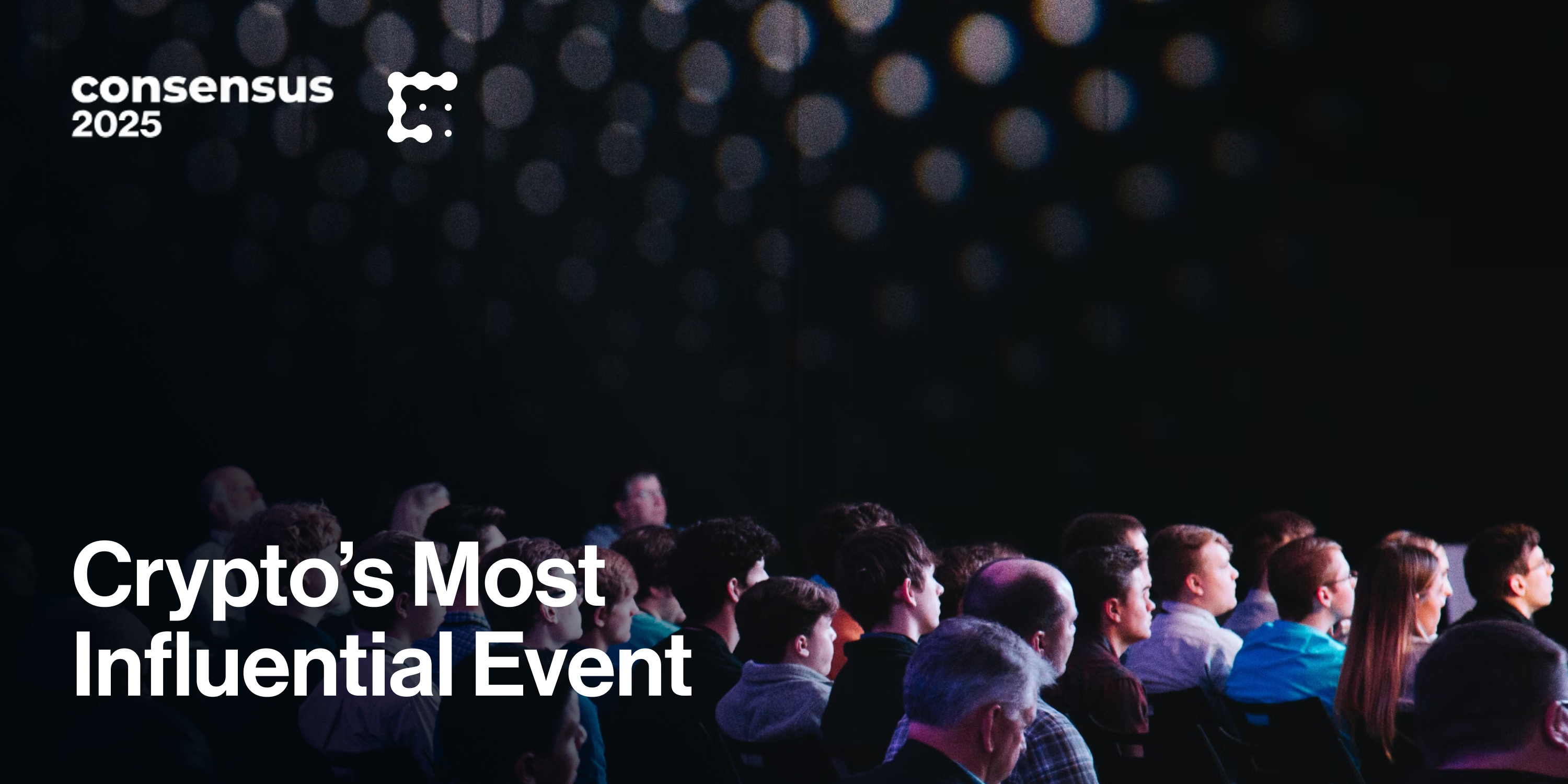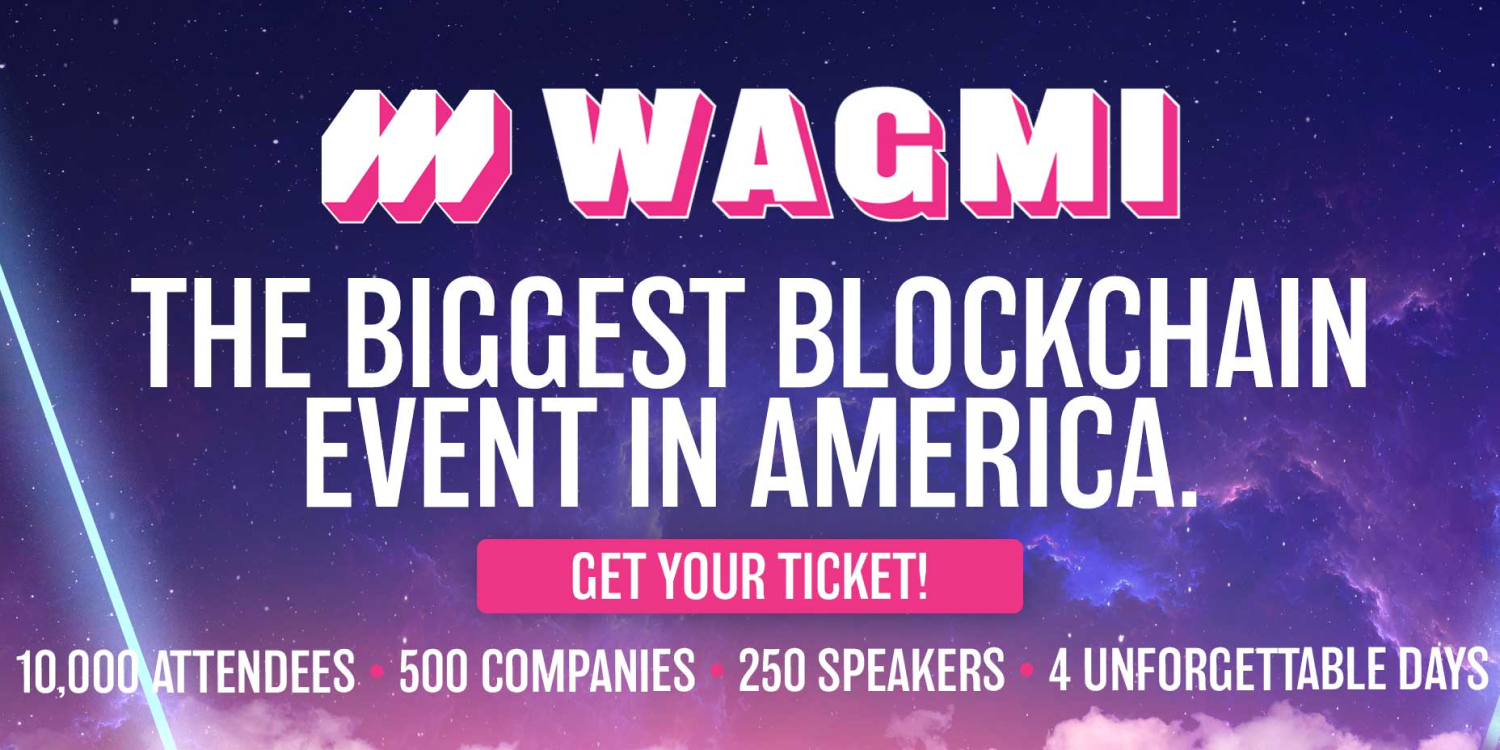share
The promising NFT industry is blossoming. Many NFT investors share their intentions of making money by taking part in popular drops. Today, an NFT drop is one of the most profitable ways to buy a digital asset that has a chance to grow significantly in price. Besides that, having a rare NFT in your collection is just trendy.
In this guide, we are going to explain what NFT drops are and what NFT drops offer. We will dive into the topic of preparing for and participating in NFT drops, as well as what to avoid when buying them.
What Is an NFT and an NFT Collection?
NFT and crypto enthusiasts firmly believe that NFT technology is evolving and that the real tipping point will come with the adoption of NFTs across different platforms, such as contemporary digital art security, the gaming sector, or the Metaverse (all the virtual worlds). Recently, NFTs have gained wide popularity in Play-to-Earn games, in which in-game characters with a unique set of features or collectibles become NFTs.

What Are NFTs?
NFTs, or non-fungible tokens, are non-interchangeable, unique tokens. If we consider the technology in more detail, an NFT is a digital certificate that confirms a right to own a particular digital asset. Usually, an NFT is a one-of-a-kind digital artwork, video, GIF image, or piece of music. Most NFTs are based on the Ethereum blockchain.
The ownership of non-fungible tokens is verified on the blockchain, so the items are secure and inalienable. Once you’ve purchased an NFT, it will be transferred to your crypto wallet. In short, blockchain technology and smart contracts bring about a lot of valuable opportunities for the NFT world.

What Is an NFT Collection?
NFT collections are collections of digital objects created according to a single principle. These are NFTs made by the same author or belonging to the same project, each decorated in the same style. In a collection, NFTs are usually made from the same basic image or template but enhanced with a unique set of attributes. On the page of the CoinMarketCap website, you can find information about the NFT Collection, sorted by sales volume.

You have the opportunity to create your own NFTs. You just need to have a crypto wallet and an account on an NFT marketplace and follow the basic instructions.
What Is an NFT Drop?
Just as a popular music artist releases a new album or a well-known film studio releases a new movie in cinemas, NFT artists release their new collections for purchase – this is known as NFT drop. Many NFT drops provide an excellent opportunity to earn profit for those who collect NFTs. So, what is an NFT drop?

An NFT drop is the release of a non-fungible token project. The term “drop” sheds light on the actual release, which looks like an instant distribution of tokens to participating users who meet certain conditions. An NFT drop refers to the exact date, time, and generally the minting price of digital tokens. A common NFT drop enables investors to purchase a one-of-a-kind piece of digital art initially at a low price, which means that there are opportunities to have a profit on the secondary market.
NFT Drop Rules
Keeping in mind that the NFT drop is the release of a new non-fungible token sale, we can assume there are rules that must be followed.
The artists usually set a specific day when people can start minting these NFTs, and there also is a base fee that people have to pay for the NFT minting. More than that, there’s a limited number of NFTs that can be minted. This means that you might want to find NFT drops in advance.
Usually, NFT drops have purchase limits to how many NFTs will be minted in one transaction.
In each minting, you can get a unique token from the collection. The token you receive is randomly chosen, but you could get lucky and get something desirable and rare. Since you own that NFT, you can save it or then sell it on an NFT marketplace, like OpenSea.

Why Are NFT Drops Held?
First of all, an NFT drop works as a powerful marketing tool for companies, used to attract more new users and promote the NFT project. Often these drops are scheduled events characterized by a sharp influx of drop participants online.
The most common NFT drop is when NFTs are released so that users can buy them out. It’s not possible to purchase NFTs in advance, so you need to be careful with time management and follow drop calendars like Top NFT Drops for 2022.
As for the buyers, purchasing NFTs at drop time could be an efficient way to save money since NFT purchases often cost less upon release than after the full collection is released — but this is not always the case. We will explore some exceptions later in the article.
The Dutch Auctions
If you are an investor, researching an NFT project is vital. To successfully purchase an NFT, you need to find out some of the latest news about the NFT market, the NFT creator or the entire team behind the project, and upcoming drops. In most cases, you need to be quick to become one of the pioneers at a drop – except for the Dutch auctions.
When an NFT collection is dropped using the Dutch auction format, the NFT price starts high and then steadily declines until everything is sold out. However, we often find that a Dutch auction for the sale of hyped-up NFTs sells out almost immediately. Again, many creators place limits on how many of their NFTs one wallet owners can buy.

Whitelists in NFT
Often NFT drops offer whitelists. Each NFT project has its own set of requirements that must be met to purchase its tokens. If a person meets all of them, the project authors or managers may pre-approve your crypto wallet address for NFT minting. Whitelists (WL) are lists of eligible individuals from a particular community that is given the opportunity to get in a drop early.
A nice example of using whitelists was the way painter Mary Grant shared her LittlePainting365 2021 project. It was useful for the spread of the information about her NFT art and led to an increase in the audience interest in the upcoming drop. Mary’s works were also bought for collections like the Kensington and Chelsea Museums and Galleries and the Glenn Dimplex Group.

Where to Buy NFT Drops?
The most common questions people ask are where to find them and how to determine whether or not an NFT project is legitimate before it is actually dropped.
Raible is currently the largest trading NFT platform in the world. It focuses on supporting artists in creating accessible art. New collections come in regularly. OpenSea.io is the most famous of the NFT marketplaces. It’s based on the Polygon blockchain. It’s possible to buy new drops there, as it’s well-known and user-friendly. However, since it’s an open marketplace where anyone can list anything, you’ll need to filter what you choose carefully.

To get more involved with NFT and scope out some of the better projects, there are handy site rarity.tools. It lists some of the newer NFTs and NFT projects that are coming out. It also offers a convenient ranking of top collections.
Nifty Gateway is one more NFT marketplace that creates a lot of projects and works directly with artists to release more high-profile NFTs. Next, Solsea and Magic Eden are the leading open NFT marketplace on Solana. Purchasing NFT drops on these popular, reliable platforms is less risky, but your decision still requires mindful consideration.

Where to See Upcoming NFT Drops?
Often the hardest part about purchasing NFTs is hearing about or finding new NFTs and upcoming drops.
If you’re looking for newer NFT drops, you’ll have to check the aforementioned marketplaces out and click on the “upcoming” section there.
To roughly gauge the potential of the project, you should check their Twitter, Discord, social media channels, and website. By checking out their socials, you’ll know how large a community they have and how active that community is. When looking for a project on rarity. tools, you may find a link to their Discord server as well as their Twitter page.

Checking out overviews from popular and successful NFT traders or collectors on YouTube is another good way to get quickly acquainted with the project.
Newer NFTs try to add something additional to them to make them more enticing, i.e. a utility or game. If there is a lot of hype behind that project, people could potentially resell them for a higher price after the NFTs are minted. But you have to be really careful, as the overall hype may be misleading.

How to Prepare for an NFT Drop?
In addition to telling you a little about the terminology surrounding NFTs, we would like to tell you what is necessary to participate in NFT drops so that you can minimize time and money losses.
In the majority of cases, the thoughts and opinions that an author or investor expresses in posts on social media or on their blog belong solely to them, and they should not be taken as investment advice.
We would also like to mention that even though FOMO is almost inevitable, you need to learn to psychologically accept missed profit opportunities. You should bear in mind that you have already missed a huge number of all the drops in history, and it’s likely that you will miss even more. It’s advisable to stick to what you know and do your own research.
Conducting a Website Review
To study a new NFT project thoroughly, you should visit the website the NFT authors created as a PR campaign for the project. Such websites share important information about the project as a whole, a roadmap that explains all the stages of the project, and information on the development team.

You should also be able to find a frequently asked questions section where everything will be explained to beginners or people who don’t know anything about NFTs. On a well-designed website, you can find out how to join the community on Discord, Instagram, and Twitter. A good example of complex website development is the Bored Ape Yacht Club and Small Bros collections, which are rapidly gaining popularity.

Some Necessary Precautions
On marketplaces like OpenSea, anybody can sell their own NFTs, so there’s a lot of clutter. Many people are trying to get into this trend without any real backing, hoping to make some quick money. In addition, during the last couple of years, due to the rise in popularity of NFTs, fraud, scam, and other types of offenses have appeared in these spaces.
Conducting your research is the most vital aspect of any form of investment, but it’s even more important in the NFT world. We would like to share with you some basic cautions that you need to take.

Things to Avoid When Buying NFT Drops
The Hype
Unfortunately, NFTs are often compared with the dot-com bubble. Many collections are artificially popularized today. Much ado about nothing allows creators to earn, but buyers end up spending a lot more money than the collection should cost. As with popular fashion items, hyped-up NFTs are overpriced. You need to filter out the hype.
Unknowns
For beginners who are trying to enter the world of NFT drops and buyback unknown collections and similar works of poor quality, the problem lies in low earnings. In addition, on NFT websites, many authors work for quantity over quality, exhibiting collections consisting of more than 2,000 images with minimal discrepancies. Avoid buying NFT drops before you’ve done your own research.

Scams
The first point is that all transactions for NFTs, even for extremely large amounts, are tax-free. This is why fraudsters often use the system as a means to transfer money from wallet to wallet without commission or deductions.
Secondly, phishing can be a problem for NFT consumers. Classic phishing attempts are any kind of fake brands or fake websites sending out random personal invitations, direct messages, unknown links and services, bank card transactions, etc. If you receive any suspicious messages with discrepancies between the original website and the site provided to you by the link, ignore the message and block the sender.

Rug Pulls
Aside from scams, you also need to be aware of rug pulls. In short, a rug pull occurs when an NFT artist creates a project, takes investors’ money, and then completely abandons the project. People are given hope that this is a good project, and then the project team destroys the trust of the community during the drop.
You can see some “red flags” in advance. For example, if the administration is indifferent to spammers in Discord or other social networks, or if there is no usability and creativity, but the NFT price is too high.
The consequences of the rug pull for you may be that admins take your money and leave, and collectors or community members who have received tokens remain with a useless NFT at an inflated price, which subsequently is worthless.
Buying Because a Drop Is Affordable
Avoid buying a random unpopular collection just because you can afford it. The availability of funds for such a purchase does not oblige you to spend that money.
Expensive Drops
Avoid drops that do not fall within your budget. Don’t take risks, and take your time considering your purchases. The decision to invest more money in a larger and more famous collection than you can afford is not a smart decision.
What Is the Most Popular NFT Drop?

Let’s look at the most famous case: Bored Ape Yacht Club, a series of NFTs on the Ethereum blockchain. When Bored Ape NFTs became familiar to the community, they stated that BAYC raised their audience, among other things, thanks to the drops. If you bought it a year ago, it cost you approximately $250 at drop time, as Bored Ape NFTs were first minted for 0.08 ETH each. As time has passed, their price has skyrocketed. In 2022, BAYC’s cheapest NFT is listed for more than $300,000. An extremely rare ‘Solid Gold’ NFT sells for $2.8m.

Takeaway
The question of whether or not NFTs are a good investment is debatable. Some NFT tokens can soar in price, so there is a chance that a new collection will be an excellent investment, as with BAYC.
Overall, during the drop, it’s likely that you’ll be able to get your NFT cheaper. We advise choosing popular and reliable NFT marketplaces to be sure about their security, the verifiability of the collection, its popularity, and the absence of fraud.
Don’t risk more than you can afford to lose, and avoid suspiciously cheap drops. Remember that NFTsare, are not a means of paying for goods, so you should thoughtfully allocate your budget.






